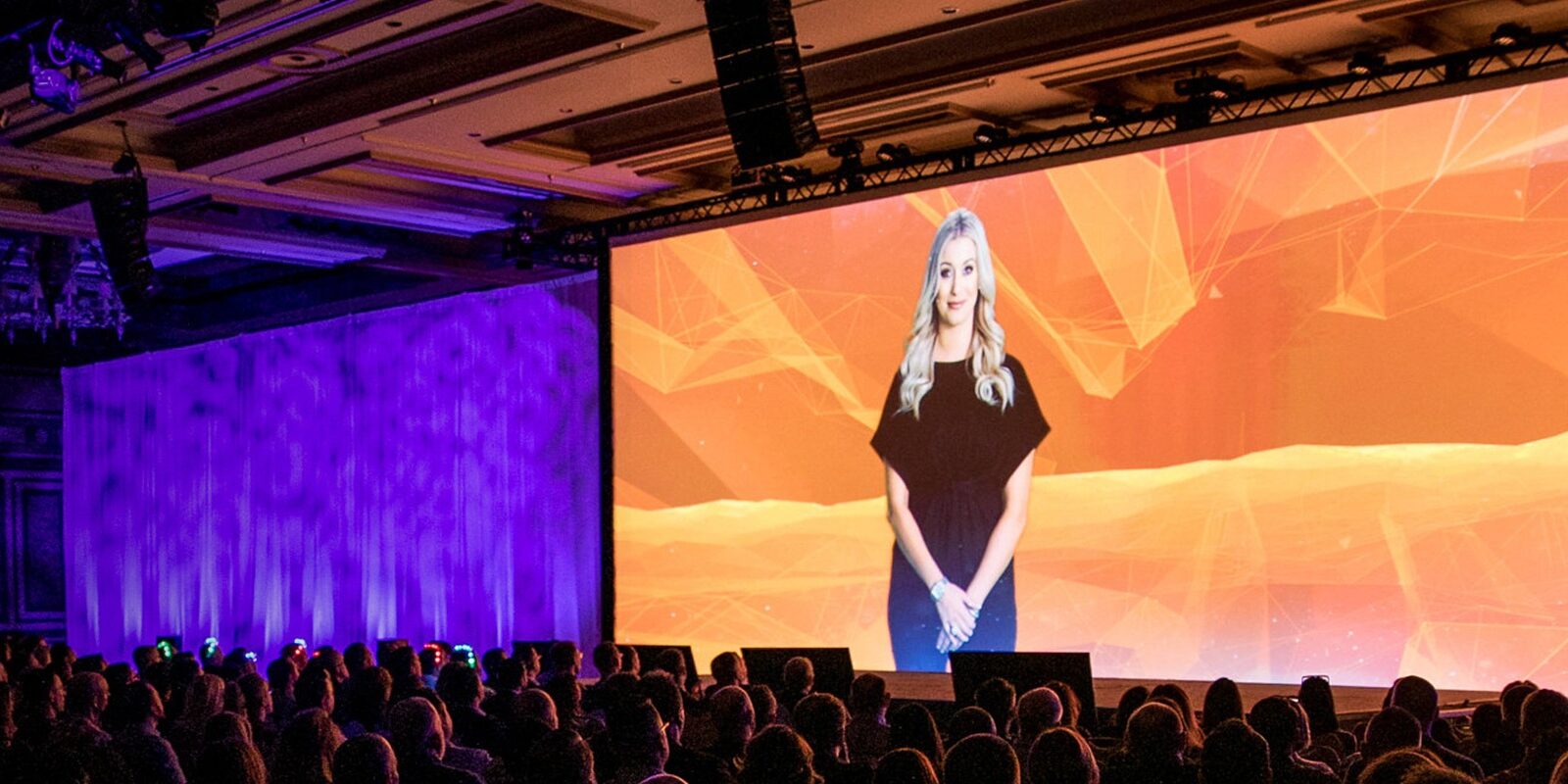Hue accuracy is essential for producing breathtaking graphic presentations, particularly when using LED screens. These large displays are frequently found in places like concert venues, sports arenas, and advertising billboards. When the colors on an LED screen are not accurate, the images can look dull or distorted, which can impact the total impression for audiences. Therefore, mastering color precision in LED screen calibration is crucial for attaining lively and realistic images.
The first step in ensuring color accuracy is comprehending how LED systems works. LEDs, or light-emitting diodes, produce light in various colors by combining red, green, and blue (RGB) light. Each dot on an LED screen is made up of these three hues. When calibrated properly, the combination of RGB can create a wide range of colors. However, if one hue is too intense or too faint, it can throw off the entire screen. This is why calibration is needed to balance the colors and reach the desired visual effect.
Tuning involves modifying the configurations of the LED wall to ensure that the colors shown correspond the original material as nearby as possible. This procedure typically includes using specialized software and hardware tools. Technicians often use color assessment devices, such as spectrophotometers, to analyze the hues being displayed. By contrasting the assessed hues to standard color standards, they can make precise adjustments. This guarantees that the colors are not only lively but also consistent across the entire display.
Another important aspect of color precision is understanding the surroundings in which the LED wall is employed. Elements such as ambient light can significantly impact how hues appear. For example, a well-lit illuminated room may wash out colors, making them look less lively. To mitigate this, technicians may adjust the luminosity and contrast settings of the LED wall. Additionally, they may choose particular color profiles that are more appropriate for different lighting environments. This flexibility helps preserve color precision irrespective of the observing environment.

Finally, regular maintenance and recalibration are crucial for maintaining an view website LED screen looking its finest. Over time, the performance of LEDs can alter due to elements like aging and temperature fluctuations. Regular inspections and adjustments can help ensure that the colors remain correct and vibrant. By investing time in proper tuning and maintenance, venues can provide audiences with breathtaking graphic presentations that enhance their overall impression. Mastering color accuracy in LED wall tuning is not just a technical task; it is an expertise that adds to the magic of visual narration.
Comments on “Mastering Hue Precision in Light Emitting Diode Wall Adjustment for Stunning Visual Displays”